How to Identify Inferior SSAW Steel Pipes: A Comprehensive Guide
SSAW steel pipes, also known as Spiral Submerged Arc Welded (SSAW) pipes, are widely used in construction, oil and gas, and water transportation industries. They are made by rolling low-carbon or low-alloy steel strips into tube blanks at a specific spiral angle and then welding the seams. While SSAW pipes are known for their ability to produce large-diameter pipes with narrower strips, the market is flooded with fake and inferior products. In this guide, we’ll show you how to identify inferior SSAW steel pipes and avoid costly mistakes.
1. Fake steel pipes are prone to folding. Folding is the various fold lines formed on the surface of the steel pipe. This defect often runs through the entire longitudinal direction of the product. The reason for the folding is that fake manufacturers pursue high efficiency and the amount of pressing is too large, resulting in ears. Folding occurs during the next rolling process. The folded product will crack after bending, and the strength of the steel will be greatly reduced.
2. Fake steel pipes often have pockmarks on the surface. Pockmarks are caused by irregular and uneven defects on the surface of the steel due to severe wear of the rolling groove. Because fake steel pipe manufacturers want to pursue profits, the rolling groove often exceeds the standard.
3. Fake steel pipes are prone to scarring. There are two reasons: (1) The material of fake steel pipes is uneven and contains many impurities. (2) The guide equipment of fake material manufacturers is simple and easy to stick to the steel. These impurities bite the rollers and easily cause scarring.
4. The surface of fake and inferior materials is prone to cracks because its blank is adobe, which has many pores. During the cooling process, the adobe is subjected to thermal stress, resulting in cracks, and cracks after rolling.
5. Fake and inferior steel pipes are easily scratched because the equipment of fake and inferior steel pipe manufacturers is simple and easy to produce burrs, which scratch the surface of steel. Deep scratches reduce the strength of steel.
6. Fake and inferior steel pipes have no metallic luster and are light red or similar to the color of pig iron. There are two reasons: 1. Its blank is adobe. 2. The rolling temperature of fake and inferior materials is not standard. Their steel temperature is visually measured, so it is impossible to roll according to the specified austenite area, and the performance of the steel naturally cannot meet the standard.
7. The transverse ribs of fake and inferior steel pipes are thin and low, and they often appear to be underfilled. The reason is that in order to achieve a large negative tolerance, the manufacturer presses down the first few passes of the finished product too much, the iron mold is too small, and the hole mold is not fully filled.
8. The cross section of fake and inferior steel pipes is oval. The reason is that in order to save materials, the manufacturer makes the pressure of the first two passes of the finished product roller too large. The strength of this kind of threaded steel is greatly reduced, and it does not meet the standard of threaded steel appearance size.
9. The composition of high-quality steel is uniform, the tonnage of the cold shearing machine is high, and the end face of the cut head is smooth and neat. However, due to the poor material quality, the end face of the cut head of fake and inferior materials often has the phenomenon of meat loss, that is, uneven, and no metallic luster. Moreover, since the fake and inferior material manufacturers have fewer cut heads, there will be big ears at the head and tail.
10. The material of fake and inferior steel pipes contains many impurities, the density of steel is low, and the size is seriously out of tolerance, so in the absence of a vernier caliper, it can be weighed and checked. For example, for rebar 20, the national standard stipulates that the maximum negative tolerance is 5%. When the fixed length is 9M, its theoretical weight of a single piece is 120 kg, and its minimum weight should be: 120X(l-5%)=114 kg. If the actual weight of a single piece is less than 114 kg, it is fake and inferior steel because its negative tolerance exceeds 5%. Generally speaking, the whole phase weighing effect will be better, mainly considering the cumulative error and probability theory.
11. The inner diameter size of fake and inferior steel pipes fluctuates greatly. The reasons are ① The steel temperature is unstable and there are positive and negative sides. ② The steel composition is uneven. ③ Due to the simple equipment, low foundation strength, and large bounce of the rolling mill. There will be large changes within the same week, and such steel bars are prone to fracture due to uneven force.
12. The trademarks and printing of high-quality pipes are relatively standardized.
13. For large threads with a diameter of more than 16 in three steel pipes, the spacing between the two trademarks is more than IM.
14. The longitudinal reinforcement of fake and inferior steel rebars is often wavy.
15. Since the counterfeit steel pipe manufacturers do not have cranes, their packaging is loose and the side is oval.
Basic manufacturing process of spiral steel pipe
Before understanding the identification method of inferior steel pipe, we must first master the production process of spiral steel pipe. High-quality spiral steel pipe usually adopts the following manufacturing process:
1. Raw material selection: High-quality spiral pipes use
hot-rolled steel coils that meet the standards (such as Q235B, X42-X80, etc.). The chemical composition and mechanical properties of the raw materials must meet the requirements of industry specifications.
2. Forming process: The steel coil is rolled into a tube through automated spiral forming equipment, and the thickness of the pipe wall is ensured to be uniform.
3. Welding process: Using **submerged arc welding (SAW)** technology, the weld strength reaches or even exceeds the strength of the parent material, ensuring the safety of the pipeline under high pressure environment.
4. Ultrasonic flaw detection and X-ray detection: used to check the internal defects of the weld to ensure the quality of the weld without cracks, pores or slag inclusions.
5. Water pressure test: The finished spiral steel pipe is subjected to a water pressure test to check its pressure resistance and ensure that there is no leakage.
6. Coating anti-corrosion: Depending on the use, the spiral steel pipe may need 3PE anti-corrosion, epoxy powder coating or hot-dip galvanizing treatment to improve its corrosion resistance.
High-quality spiral steel pipes undergo strict production control and testing procedures, while inferior products usually skip certain key processes, resulting in poor product quality.
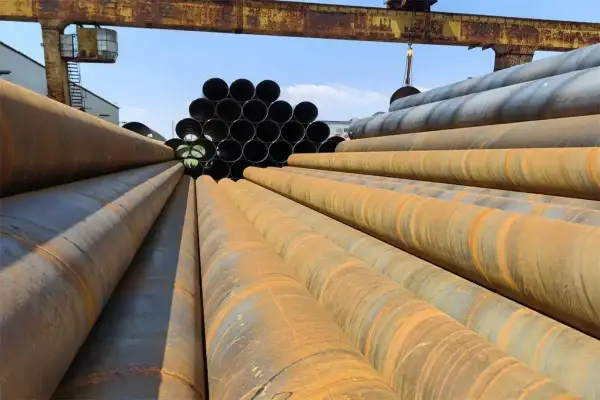
Why Choose High-Quality SSAW Pipes?
Investing in high-quality SSAW pipes ensures durability, safety, and compliance with industry standards. Inferior pipes may save costs upfront but can lead to catastrophic failures and higher long-term expenses.
How to avoid buying inferior SSAW steel pipe?
1. Choose a qualified manufacturer: When buying steel pipes, you should choose a reputable manufacturer and check its ISO,
API and other quality certifications.
2. Require inspection reports: Qualified products should have inspection reports such as material inspection, weld flaw detection, and water pressure testing.
3. On-site inspection: Go to the factory or warehouse for an on-site inspection to check the product quality.
4. Sign a formal contract: Make sure the standards and quality requirements of the steel pipes are clearly stated in the contract to avoid subsequent disputes.
How to judge the quality of anti-corrosion spiral steel pipes?
When judging the quality of anti-corrosion spiral steel pipes, we can also look at their cross-sections. If it is a product of good quality, its cross-section should be very neat. If it is made of inferior materials, the cross-section of the product produced will look uneven, as if it is meat turning outward, without the faint metallic luster. In addition, there are some more professional methods to judge the quality. For example, sound waves can be used for detection to determine whether there are obvious cracks or breaks inside the steel pipe. The quality can also be judged by measuring this time. If it is a qualified product, its marked size should be able to withstand inspection. If it is measured this time and it is found that the marked size does not match the actual size, then this product must not meet the production requirements and use requirements. After that, see if there is a factory certificate. If it is a regular product, it will have a factory certificate when it leaves the factory, while inferior products or products produced by small workshops cannot produce a production certificate.






 English
English Español
Español بالعربية
بالعربية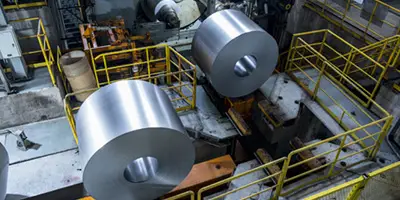
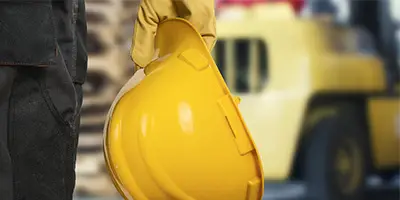
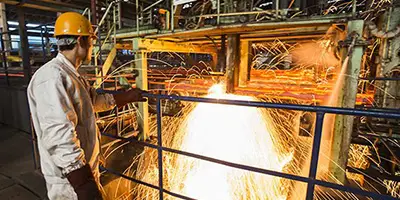
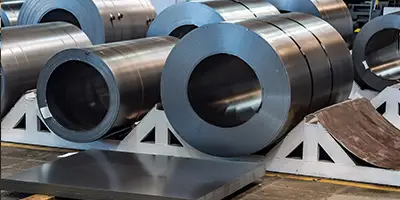

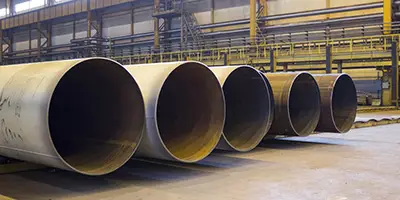
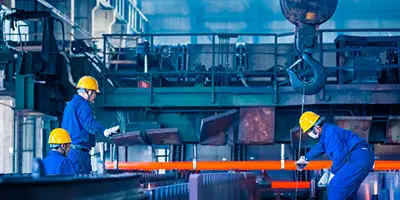
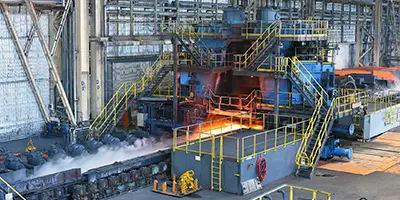
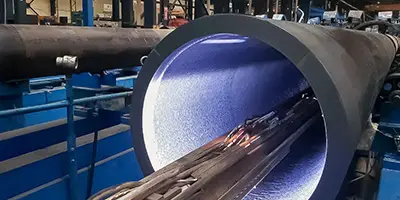
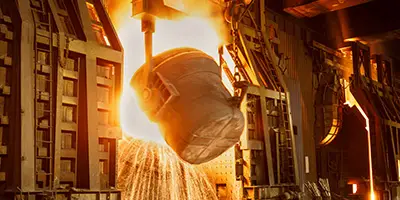
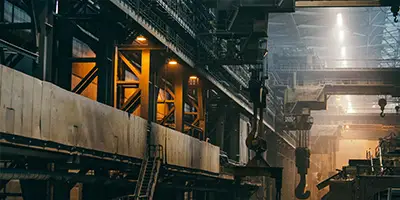

 Phone :
Phone :  Whatsapp :
Whatsapp :  Email :
Email : 


